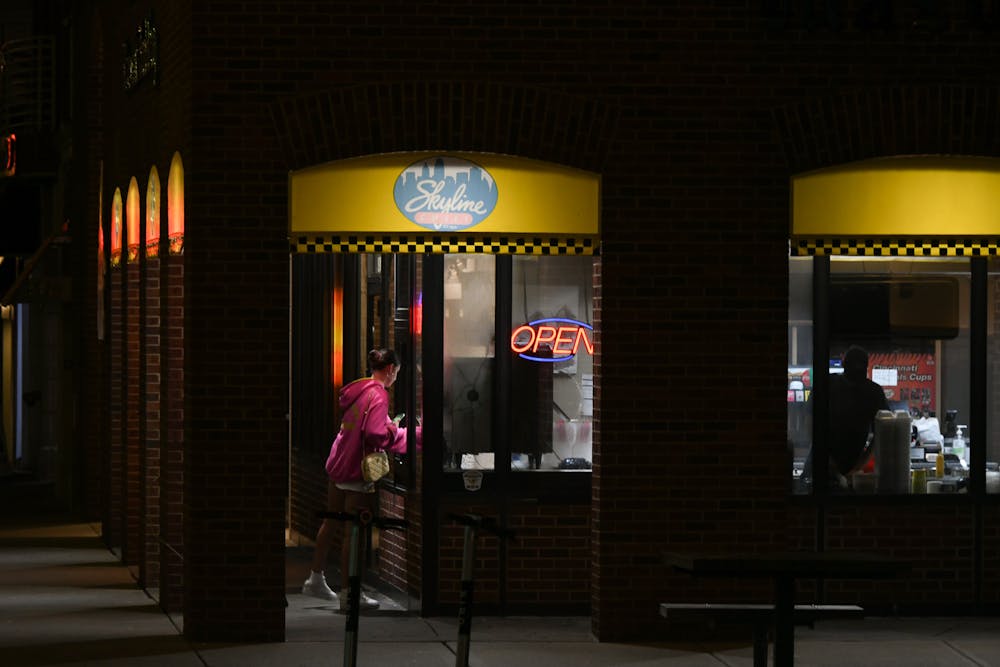What sometimes goes unmentioned and unnoticed in today’s world is how much light we flood into our night sky. When this light is harmful to birds, animals or stargazers, it is known as light pollution. Oxford is not immune from the problems of light pollution, and this caught the attention of Talawanda High School senior Addison Greene, who wrote a paper on the subject.
Greene researched and wrote this paper as her capstone project for her Girl Scouts Gold Award and said her motivation to write the essay was the amount of light that spills into her house from Yager Stadium and Walmart, even though she lives far from downtown.
“So just having [the light] impact me from so far away, I feel like that compelled me to try and do something in my town,” Greene said.
Greene's paper caught more than just the attention of Girl Scouts, as it was also published in the September edition of the Oxford Sustainability Monthly Newsletter. She got involved with the newsletter through friends of friends and hoped she could use it to reach more people.
“I originally wrote the article as a blog, and I needed somewhere reliable that could host it, that would actually get it out to people,” Greene said. “Because I could send it all out by myself, but I mean, I wouldn’t get nearly as many people.”
Carla Blackmar, who is the editor-in-chief of the newsletter and a technician at the Hefner Museum, acknowledged the environmental problems of light pollution and spoke in high regard of Greene.
“I was glad someone’s talking about it, and really glad Addison is focusing her Gold Award on this topic, just because I think it's an easy thing to overlook for people,” Blackmar said. “In addition, I liked how Addison was focused on some of the issues around dark skies and being able to, you know, … look at the stars. But from an ecology perspective, the impacts of light pollution can be really damaging. So I was really glad someone was talking about it, that wasn’t me.”
In addition to her paper, Greene also talked in detail about what it means to be a “Dark Sky Certified” city, and spoke with Oxford City Council members in hopes of taking steps toward passing legislation to clear the night skies of Oxford. Dark sky certification could include public light fixtures being retrofitted to point downwards at places such as Walmart and Yager, and shutting down by a certain time every night.
These changes would have numerous benefits, especially for the wildlife surrounding Oxford. Blackmar explained that with migration happening in bird populations, the excess light disturbs their migration patterns. Invertebrates also feel the harm from the light.
“Basically, their [life] cycles are very much governed by the moon and things like that, and so when they cluster around [lights] and burn themselves out… it can really impact their life cycles and end up in population decline,” Blackmar said. “So for both birds and also for the invertebrates that birds depend on, we're worried about light pollution right now.”
Both Blackmar and Greene have now raised this issue to city council in hopes of passing legislation to make Oxford a safer home for birds and stargazers alike.




